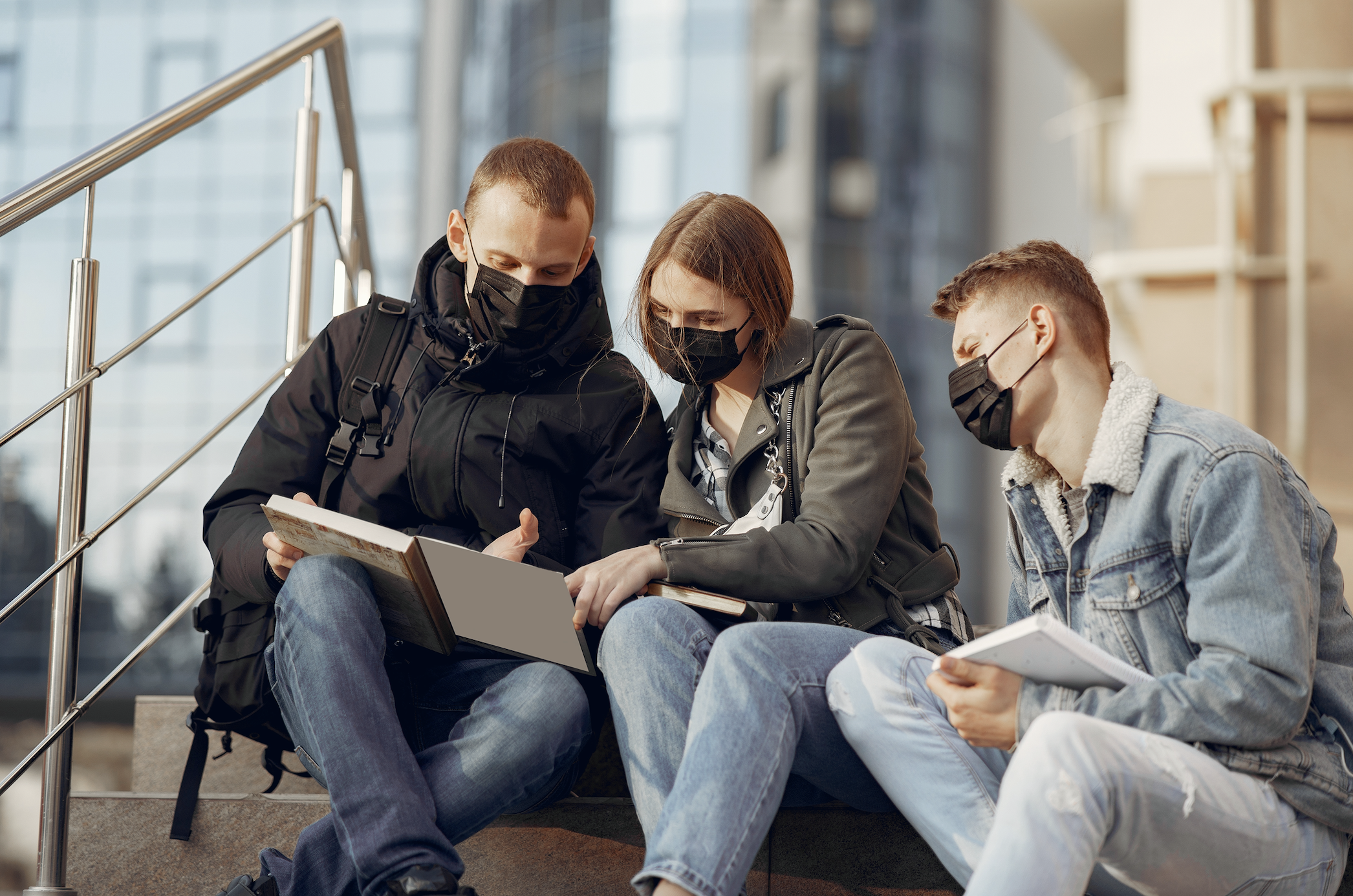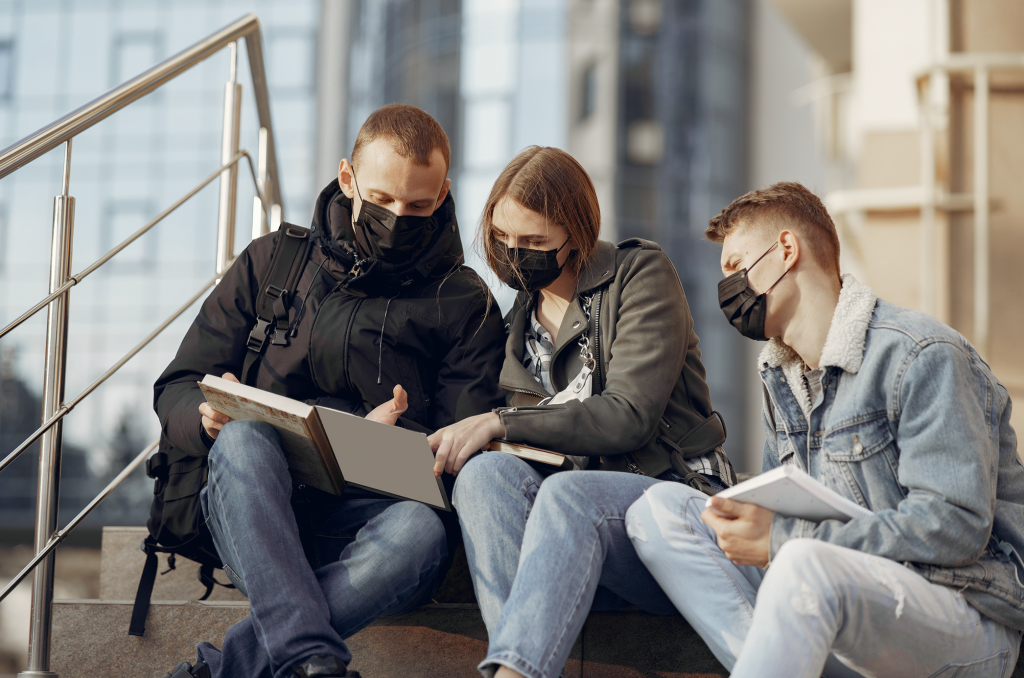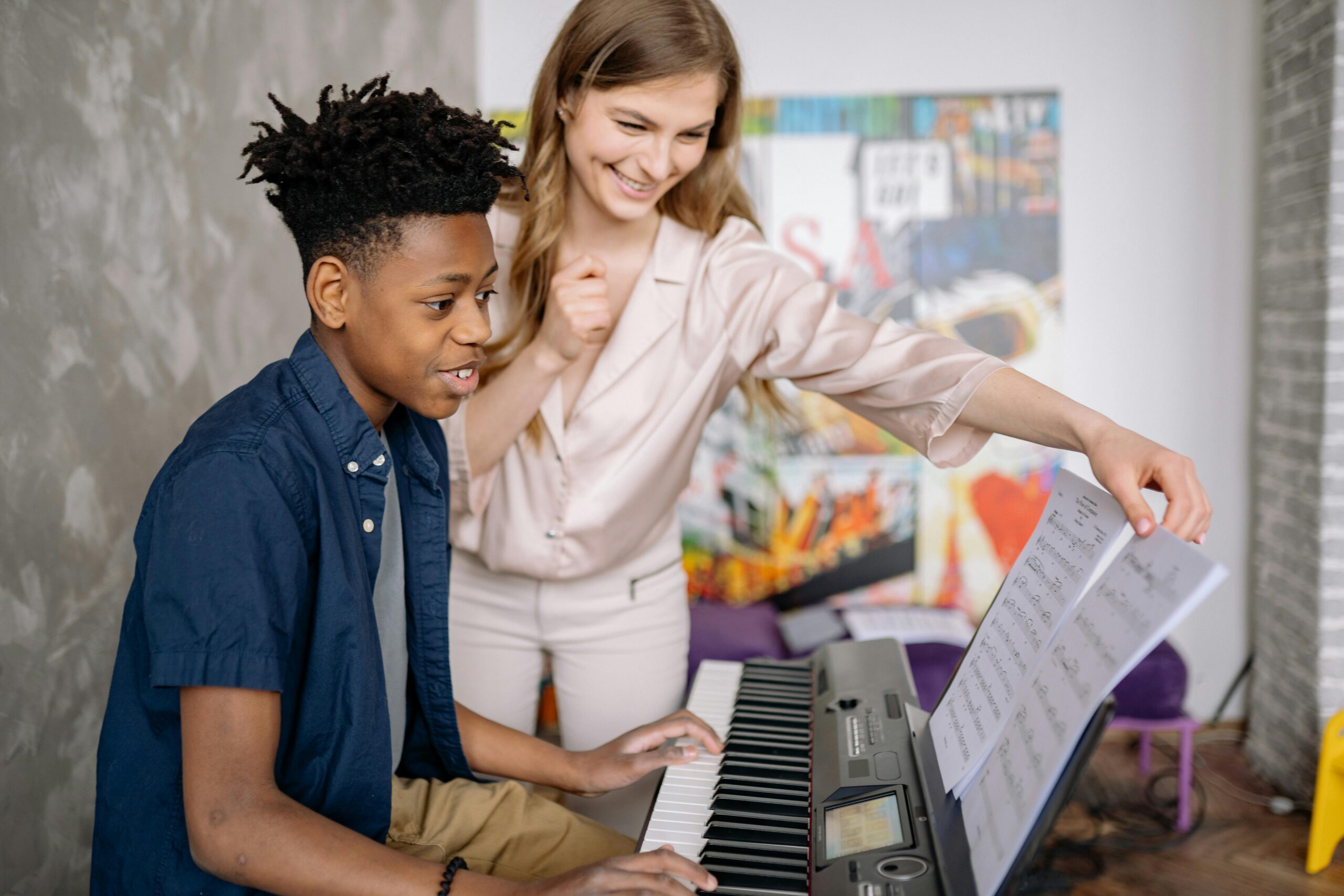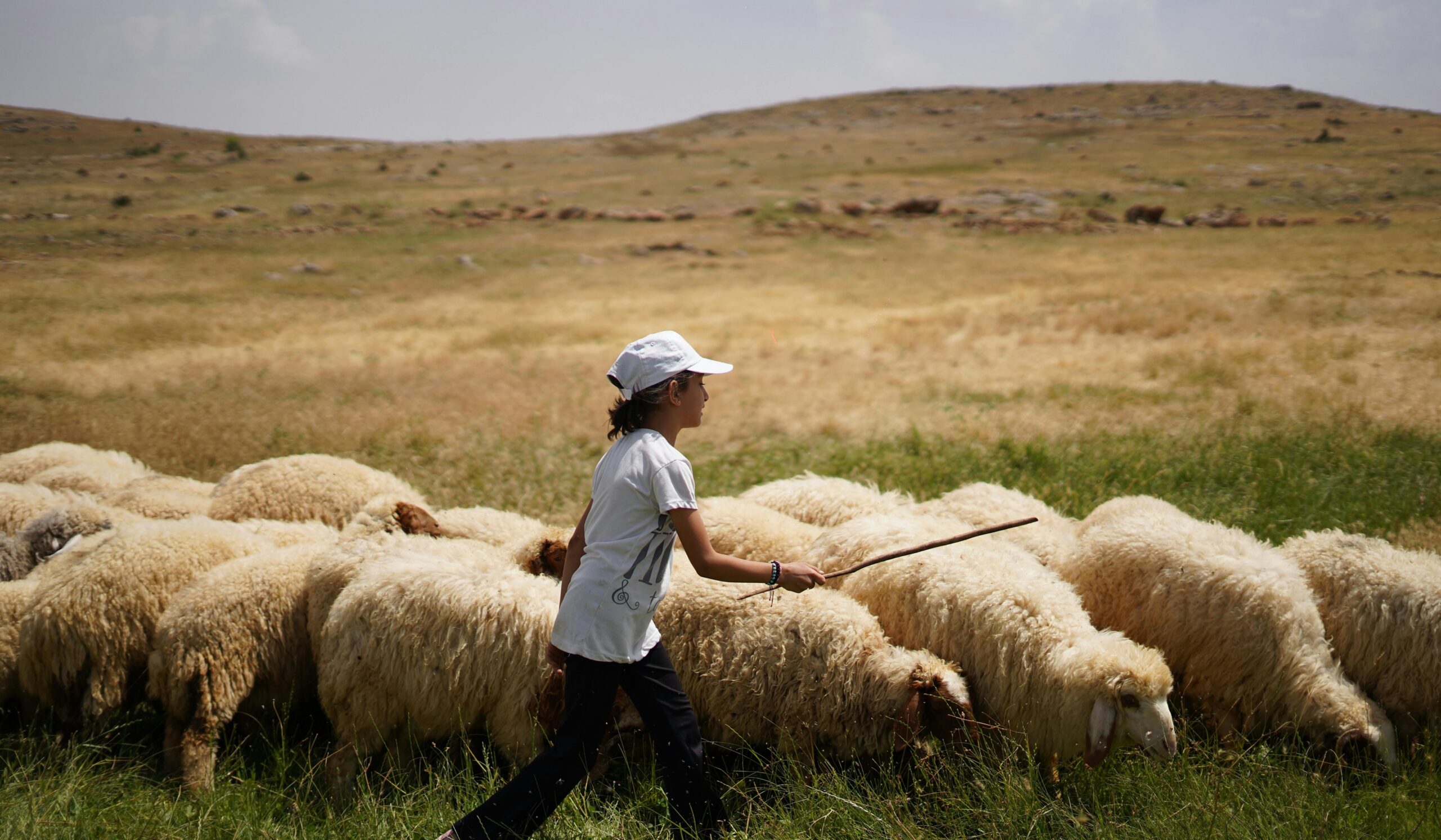
Why Social-Emotional Learning Should Be a Top Priority When Going Back to School
Tomas Macaluso is a principal at North Valleys High School in Reno, Nevada. He and his team have become passionate about establishing social and emotional learning into the 2,200 students who attend NVHS. While Tomas knows academics are important, he is committed to graduating students who are ready for real life.
Many of the administrators and teachers we work with think this same way. They are champions of social and emotional learning. Why you ask? Because they realize these conversations on social-emotional learning (SEL) are the only hope they have of succeeding in academics.
- SEL is not an interruption to the learning process.
- SEL is an introduction to the learning process.
One big question I hear from educators is, “But since academics are so challenging because of remote learning, how can we add yet another subject to our day? It seems like a distraction from what we should be prioritizing.”
That’s certainly one way to look at it. But let me offer the other side of the coin.
“No one was really ready for this upheaval,” says Christina Cipriano, director of research at the Yale Center for Emotional Intelligence (YCEI) referring to the pandemic. “It’s a daunting reality, no question, but the worst thing we can do for our teachers, students, and families is de-prioritize SEL during the pandemic,” she explains. “It is next-to-impossible to expect teaching and learning to occur in a crisis without attending to our emotions.”
Educator Byron McClure writes, “This is a collective adverse childhood experience (ACE) that has directly or indirectly impacted everyone. ACEs are traumatic events that occur before the age of eighteen and include all types of abuse and neglect, parental mental illness, substance use, domestic violence, divorce, even incarceration.”

Why a Student’s Brain Needs Social and Emotional Learning
The human brain receives electrical signals from the spinal cord. Everything we hear, see, taste, touch, and smell passes into the brain through this pathway. These signals progress through the limbic system (where we feel) en route to the frontal cortex (where we reason). This means the emotional centers of our brains receive the messages before our logical centers do in the frontal lobe. In this limbic system lies the amygdala, where our fight or flight triggers occur. It’s the self-protection center.
If a student cannot regulate their emotions (feeling anxious, threatened, unworthy, etc.), they stay in fight or flight mode. And it’s almost impossible to learn when our brains are in that mode, to say the least.
Building social and emotional skills actually enables students to learn in uncertain times.
Tim Walker, from the National Education Association, writes, “As more attention is paid to ‘educating the whole child,’ SEL practices have been embedded in a growing number of classrooms across the country. Educators are aware that these skills play a critical role in determining how well-equipped children will be to meet the demands of the classroom. The research is clear: SEL is key to successful student performance…”
It’s About You, Not Just Your Students
Inherent within social and emotional learning is self-care. When a teacher asks me, “How can I teach anxious students when I am anxious myself?” I recognize it’s time to feed the “Starving Baker.” The Starving Baker is one of our Habitudes (images that teach leadership habits and attitudes) teaching the importance of feeding yourself first before feeding others. Teachers often spend so much time feeding students, they forget to feed themselves. They’re starving bakers.
I just spoke to Terri who’s been a high school teacher for 17 years. She ended the school year exhausted, playing the role of wife, mother, and teacher when every family member was at home and no student was at school. She was considering quitting this fall, feeling she could not handle another year like this last one. As we spoke, I played the role of a coach, enabling her to form her personal narrative and finding a metaphor to help her make progress. We talked about a Habitude called “The Golden Gate Paradox.” When the Golden Gate Bridge was built in 1932, the feat was so dangerous that workers moved slowly fearing they’d fall to their deaths. When their leader positioned a gigantic safety net below them, it took time and money to do so, but once erected, the workers actually sped up their work, now able to focus on succeeding, not surviving. It’s a powerful story. Terri and I began discussing “safety nets” she could create to ensure she could focus on her work, not on her survival.
It’s About Your Students Too
One of my favorite encounters this past school year was with a high school student who was struggling with fears over COVID-19 infections and what his future would hold now that he was graduating into a pandemic. We discussed the narrative he held in his mind about his life and together agreed upon a metaphor for him: “Candles or Brush Fires.” Both candles and brush fires are flames, but they respond very differently to the wind. It takes a small breath to put out a candle. But a brush fire actually grows stronger in the wind, even a harsh wind. Funny. The same wind that extinguishes a candle extends a brushfire. This image is all about becoming resilient and leveraging tough times to make us stronger in the process.
I just got another text message from this student who told me, “I’m going into the fall semester on fire–and it’s a brushfire, not a candle!”
I write this to encourage you. Consider these facts:
- One of the most important gifts we can give to our students is to help them shape a positive narrative about their lives.
- One of the best gifts we can give ourselves is to grow our emotional intelligence so we are ready to lead our classrooms and families.
- One of the strongest ways we can accomplish both of these is through stories and metaphors we can hold in our minds to guide our narratives.
There’s no reason to feel helpless when we can do this for each other.
If you or your school would benefit from a conversation about social and emotional learning for your students, you can learn more about Habitudes for Social & Emotional Learning HERE.






